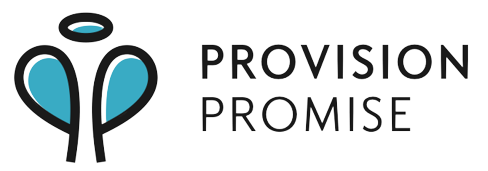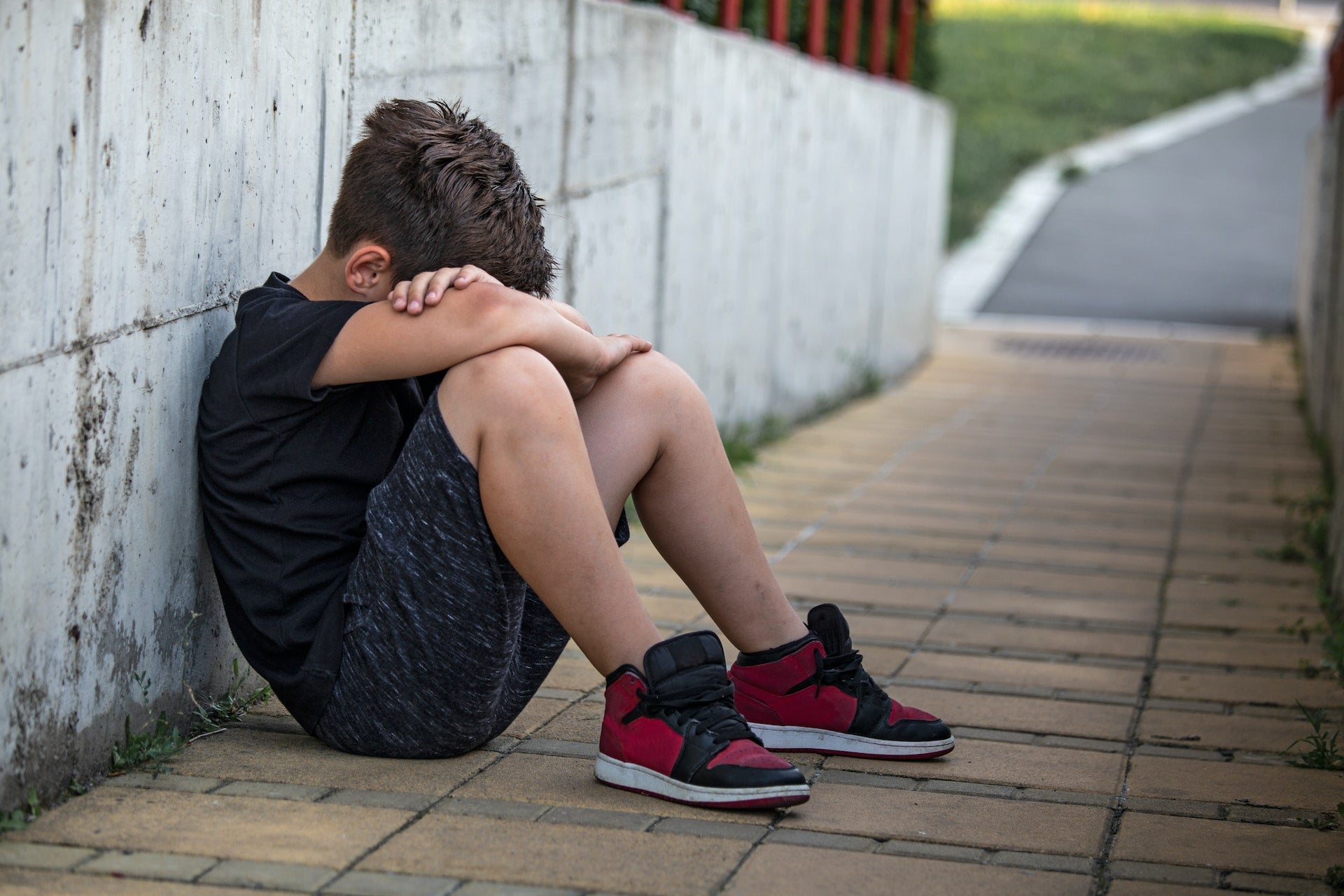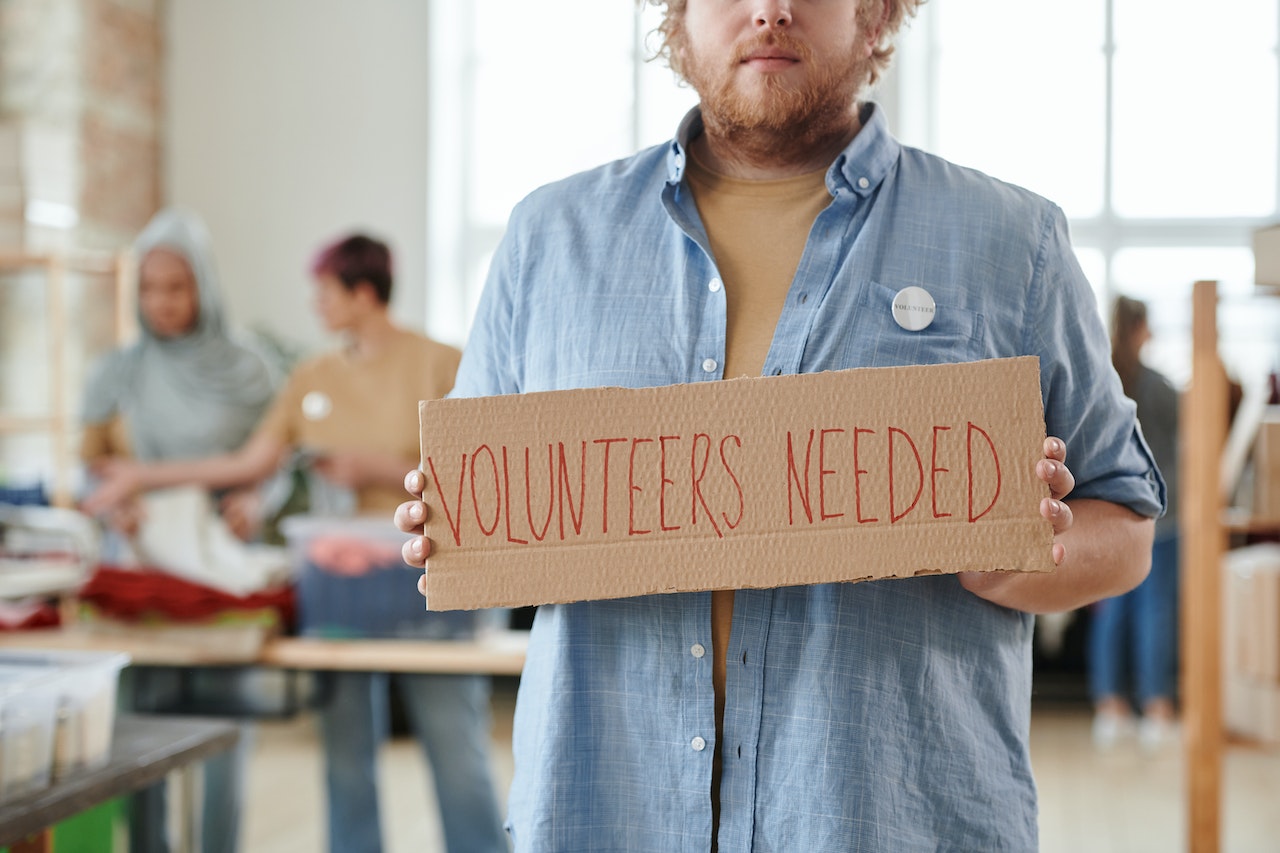Keep reading to learn more about hygiene poverty and how you can access these products while in financial need.
What Is Hygiene Poverty?
Your hair goes unwashed and gets matted because you can’t afford shampoo or a brush. Many people in your household share a toothbrush because you can’t afford to buy more. You show up to a job interview in dirty clothes because you don’t have money to do laundry or access to laundry facilities.
These are all examples of hygiene poverty, which means being unable to afford the personal hygiene and grooming products you need on a daily basis.
Often, people living in poverty have to choose between buying essential hygiene items and paying for food, rent, heat and hot water, and other necessities.
How Can I Access Personal Care Products if I Can’t Afford Them?
There are many community resources that provide access to personal hygiene items for people in need.
211
One option is to text or call 211, or go to 211.org. You will be connected to free or inexpensive resources in your area.
Drop-In Centers
Community drop-in centers are often stocked with personal grooming and self-care supplies that anyone can take. Search for drop-in centers that are local to you and reach out for assistance. These may also include locations at churches or schools.
Mutual Aid
Many local cities and towns have community groups that focus on providing mutual aid to their communities.
For example, local businesses sponsor community fridges by providing a power source for an outdoor refrigerator. People in the area are encouraged to drop off donations or take what they need — no questions asked.
Many mutual aid organizations collect and distribute donations of personal care items like toothbrushes and toothpaste, soap and shampoo, razors, shaving cream, clean socks and underwear, and more.
Again, search mutual aid groups in your area and reach out to the community organizers for help.
How Can I Stretch My Dollar for Personal Hygiene Products?
Perhaps you can afford personal hygiene products, but you don’t feel secure in your finances and want to get more for less.
A simple solution is to try and be mindful of how much product you are using. Often, people use a large amount of toothpaste when they really only need a pea-sized amount, for example.
When shopping for personal care products, analyze the amount of product compared to the price. It makes more sense to buy a 20-ounce bottle of shampoo for $8.99 than a 12-ounce bottle for $6.99.
Most grocery and convenience stores show per ounce prices in order to make it easier to compare.
What About Feminine Care Products?
According to a 2022 report, two-thirds of menstruating people living in poverty could not afford to buy tampons or pads in the past year. 14.2% of college students who menstruate reported the same issue.
Known as period poverty, this public health crisis refers to the inaccessibility of sanitary products, menstrual hygiene tools, and period education.
Fortunately, as awareness about this issue grows, so do resources.
Organizations like Period.org and Alliance for Period Supplies are dedicated to providing these products to women living in poverty and financial insecurity.
Putting an End to Hygiene Poverty
The accessibility of personal hygiene products for people living in lower socioeconomic conditions is becoming a more widely known issue.
As awareness spreads, so do nonprofit and mutual aid organizations to help ensure everyone can live a clean and healthy life.









Leave a comment